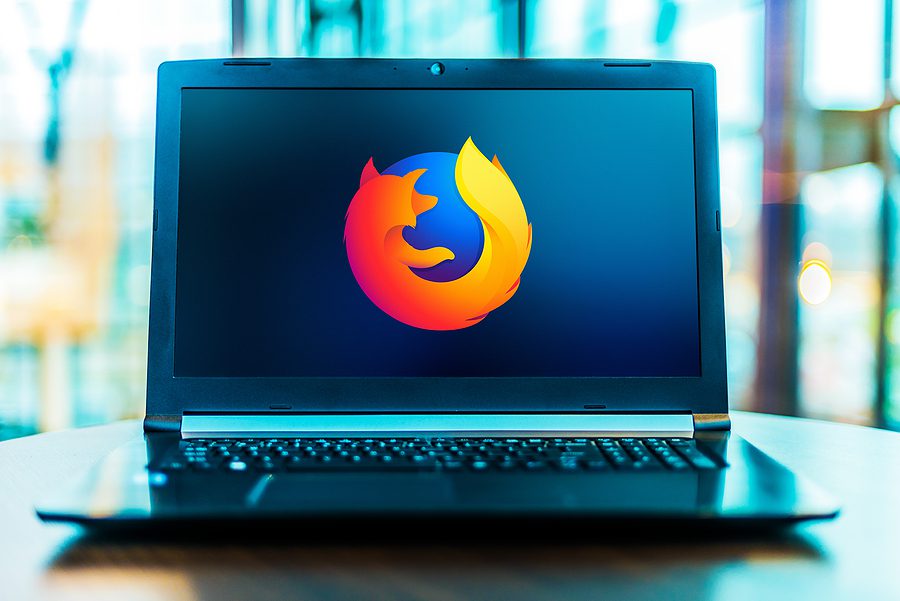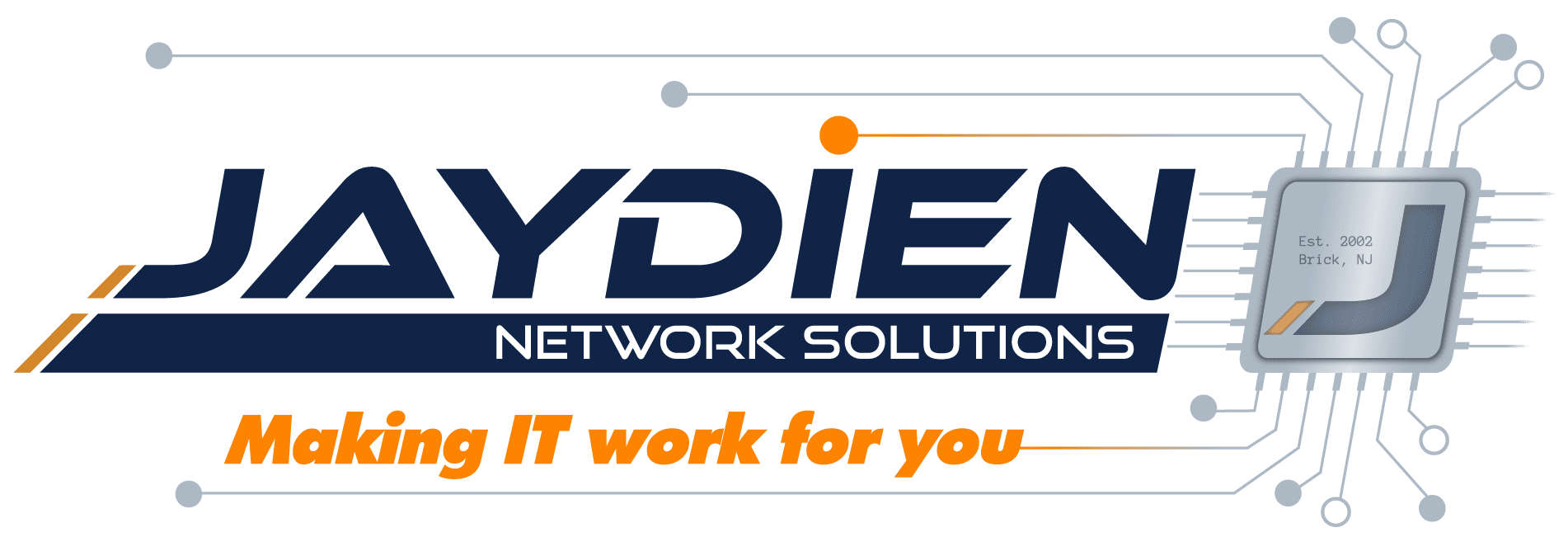Choosing a Web Browser: Chrome, Firefox, Edge, or Something Else?

The internet is the glue that holds our modern world together. It’s the never seen, but always present force that connects all of us within the weavings of its world-wide web. In as little as three decades, the internet has reshaped our world to its likeness, forever changing the way we live our lives.
Bringing with it feast and famine in equal parts, the internet has been responsible for decimating entire industries, while launching thousands more. It’s given us memes, social media, and has never let us live down the fact that at one point, somebody mistook Rick Astley for a musician. Oh how we’ve grown.
But regardless of the device you use, when you use it, or what you’re using the internet for, there’s still only one way to get online: A web browser.
So, does it matter which browser you use? Don’t they all essentially do the same thing? Isn’t your device’s hardware what really matters?
That’s a lot of questions, please slow down.
Yes, your browser matters. No, they don’t all necessarily do the same things. And yeah, sure, your device’s hardware is a huge factor when it comes to overall performance, but that doesn’t mean you should overlook your browser. Choosing a web browser actually requires some thought.
In terms of overall performance and popularity, Google is king. Google Chrome is by far the most widely used browser application across both desktop and mobile devices. According to popular web traffic analysis website StatCounter, Google has 67.26% of the Desktop Browser Market Share Worldwide, and 63.26% of the Mobile Browser Market Share Worldwide. Although, these numbers do not account for Apple devices.
In fact, Chrome is so dominant that most other browsers now use its underlying webpage-rendering engine Chromium, with Microsoft’s Edge browser the latest adopter. Firefox is now the only remaining independent competitor from top-to-bottom.
But popularity isn’t always an indication of quality. Even though Google Chrome does also outperform the competition in nearly every performance metric, it might still not be the best option for you. That’s because when it comes to web browsing, quality and performance are almost entirely subjective.
What Does This Mean?
Well, for instance, you might value security or anonymity far more than speed. Mozilla Firefox may be the slowest browser discussed in this post, but it’s arguably the safest. Firefox innately blocks third-party trackers, and nearly all pop-ups. Chrome will not allow you to block all trackers and pop-ups, even if you use third-party extensions.
Or maybe, when it comes to your browsing experience, you couldn’t care less about either speed or security. You already have cyber security software, you trust your browsing habits, your network speeds are fine, and all you really care about are the aesthetics and functionality? Well, Vivaldi lets you customize almost every aspect of your interface. You can map keyboard shortcuts and mouse gestures, fully customize your toolbars and menus, create and use your own custom themes, and a whole lot more.
Whatever your preferences, however you browse, whichever devices you use, there’s a browser that’s best suited for you.
Let’s start choosing a web browser, beginning with the most popular browser, and the one you’re probably reading this on.
Google Chrome
The first beta version of Google Chrome was released on September 4th, 2008, and just three months later, Google released the first full version of their nascent browser for Windows based devices. Linux and Mac devices would receive full releases a year later.
At the time of its initial release, Safari was only available for Apple devices, and the only mass-market browsers available for Windows were Internet Explorer and Mozilla Firefox.
Internet Explorer had about 60% of the browser market share, and Firefox about 30%, with the remaining 10% spread across lesser-known offerings. So how did Google manage to not only infiltrate, but utterly dominate the web browsing space in less than a decade?
Most of Chrome’s early innovations are now basic aspects of all web browsers. Take “sandboxing”, for instance.
Sandboxing
Remember the frustration you’d experience every time a website crashed and closed your entire browser? Having to re-open each one of your pages one by one? Can’t remember the last time it’s happened? You have Chrome to thank for that. Chrome was the first browser to offer “tab sandboxing”, meaning that each tab you open exists in its own environment. If one website crashed, the tab it was loaded on would crash, but it wouldn’t crash your entire browser.
Cross-Platform
Chrome was also the first browser to be cross-platform. As a teenager, I’d spend hours customizing my Firefox interface on different devices so that it looked the same across all of them. I was a very organized kid, and it was a real sticking point for me. I’d have to scroll through menus making sure the theme and settings were all the same, I’d even have to bookmark the same websites, in the same order. I wanted the experience to be identical regardless of the device I was using, but there was no easy way to automate that.
Then came Chrome. I’ll never forget the first time I installed Chrome on a brand new computer, logged in, and watched my Chrome interface replicate the colors and themes I had previously set. My home screen was the same, my toolbars were the same, I even remember checking my bookmarks one-by-one to make sure they were all there. Chrome’s cross-platform functionality was actually what led me to pick Chrome when choosing a web browser, having been a diehard Firefox evangelist for most of my youth.
You can no longer find a browser that doesn’t sandbox, and isn’t cross-platform. They don’t exist anymore, they went extinct. Chrome for Windows desktops offered both features as early as 2010, and as early as 2012 for Android and iOS devices.
Chrome is still one of the fastest browsers today, and still offers one of the best browsing experiences, but the competition has caught up. Apple Safari performs far better than Chrome on devices running Mac OS, and Microsoft Edge is every bit as fast as Chrome, while using far less memory.

Mozilla Firefox
In January 1993 NCSA Mosaic, the first web browser able to display images was developed and released by a team working and funded by the NCSA (National Center for Supercomputing Applications).
Shortly thereafter, in 1994, six of their developers, including Marc Andreessen, the team leader for the Mosaic project, left to start their own company: The Mosaic Communications Corporation.
By the end of 1994, they had released their first product, a web browser named Netscape Navigator, and changed their name to The Netscape Communications Corporation, as a way to avoid any future trademarking issues with NCSA.
But internally, the company’s new browser was codenamed: Mozilla.
“Mo” a reference to its predecessor Mosaic, and “Zilla” a reference to Godzilla. Mozilla stood for “Mosaic killer”, as their goal was to displace NCSA Mosaic as the world’s number one web browser. And they did just that. Within four months of its initial release, Netscape Navigator had already taken three-quarters of the browser market.
Now, let’s fast forward a bit, because a lot was happening with the industry at the time. But if you’re curious, I’d recommend reading more about the first Browser War.
Dominance
Netscape Navigator goes on to utterly monopolize the web browser space for a portion of the mid 90s, at one point holding more than 90% of the browser market. Then Microsoft significantly improved Internet Explorer, and started packaging it with every copy of Windows OS they sold. They eventually attained nearly 96% of the web browser market share by 2001!
Netscape’s dominance slowly dwindled as IE improved. In early 1999, the company was purchased by AOL. But in early 1998, approximately one year prior to their acquisition, Netscape released the code for their browser, creating the open-source Mozilla Project.
(Open-source Software – software for which the original source code is made freely available, allowing anyone to see, modify, and distribute the code as they see fit.)
Fast Forward
Now, let’s fast forward again. It’s 2004, Netscape and AOL were not able to compete, Microsoft won the first browser war, and Internet Explorer ruled the land.
After having initially struggled to attract developers, the open-source Mozilla Project finally released their standalone web browser in November of 2004 – Phoenix!
That’s right, the original name for their browser wasn’t Firefox. But then they discovered that there was already some software named Phoenix, so they had to change the name to Firebird!
But then there was already a software company named Firebird, and they weren’t happy about that, so Mozilla changed the name of the browser a second time, and this time, you guessed it, to Firefox!
Firefox
Firefox was a big deal for a while, offering integrated pop-up blocking, tabbed browsing (something Internet Explorer still did not have at the time), and allowing for third-party extensions.
Firefox peaked around 2009 during a period where Internet Explorer had had so many security flaws that cyber security experts regularly recommended Firefox as an alternative. This made choosing a web browser just a bit harder.
However, today it holds just under 10% of the market, but it’s still a very popular browser. Firefox provides a straightforward user experience, offering plenty of customization, while prioritizing their users’ privacy.
Firefox uses a feature called DNS-over-HTTPS to protect your browsing history. Without it, your Internet service provider can actually see your entire browsing history. This feature secures your traffic by encrypting it with the commonly used HTTPS protocol. Mozilla also requires all DNS-over-HTTPS providers to contractually agree to delete all user data after 24 hours, and forbids them from selling or distributing that data.
Containers and Cookies
Firefox also features “containers,” which allow you to fully separate different profiles and accounts. If you wanted to log into a website with two different accounts, you could have a container for each account. The containers are fully isolated from each other, so if you visited your bank’s website in one container, and did some shopping in another, no local data (e.g., browsing history, cookies) would be shared between the two.
Firefox continues to make enormous strides on blocking tracking cookies, often used by marketers to mine users’ info for targeted ads. Firefox also confines cookies to the website where they were originally loaded, preventing websites from being able to track users on unrelated pages. Additionally, Mozilla made tracking harder by isolating files loaded across different websites, which can be used to recreate a user’s identity even after cookies are deleted.
Firefox is the perennial, constantly evolving underdog that’s never stopped pushing Microsoft and Google into creating a safer, more ethical browsing experience. As mentioned in the intro, it’s also the slowest browser on this list according to current metrics. But it’s a personal favorite, and in my opinion, worth your consideration when choosing a web browser.
Microsoft Edge
Microsoft Edge is the anointed successor of Internet Explorer.
The original Microsoft Edge browser was actually released 7 years ago in 2015, but you probably only heard about it recently, because it was terrible. Now referred to as Microsoft Edge Legacy, earlier versions used Microsoft’s proprietary, in-house EdgeHTML engine which had absolutely no business trying to compete with Chrome.
Microsoft scrapped its engine in early 2020 in favor of Chromium, Google’s underlying webpage-rendering engine. That freed them up to focus on unique features instead of putting out compatibility fires due in part to how utterly awful Internet Explorer had been throughout the last decade or so of its existence.
Features
Now there’s a new Microsoft Edge in town, and it’s considered highly competitive in terms of security, speed, and the unique features it offers. Its recently released Startup Boost feature, for instance, seeks to reduce the time it takes to open the browser.
On Windows operating systems, Edge gives Chrome a run for its money, falling just a hair behind in terms of speed. On macOS, Chrome and Microsoft Edge were nearly identical in performance, both falling behind Apple’s Safari browser.
Edge is also considered a leader in memory usage. The sleeping tabs feature seeks to save memory on tabs you aren’t currently viewing, especially of interest for those using metered connections or mobile plans with data caps.
Another feature worth highlighting is its Immersive Reader mode. Not only does this offer distraction-free article reading, stripping out ads and nonessential distractions, but It can also read webpage text out loud using Neural Voices, a feature which reads with sentence intonation, rather than word-by-word, as we’ve come to expect from text-to-speech applications.
The Collections feature is a sidebar onto which you can drag webpages, images, write notes, and then share the whole thing across other Windows applications. It’s great for workplace productivity, as you can share the Collections across O365 applications like Excel and Word. Edge also allows you to move your toolbar and tabs to the side rather than across the top, automatically offers you coupons on shopping sites, and has plenty of themes and customization options to dress up your browser. Edge also comes with an Efficiency mode, which can extend your laptop’s battery life when enabled.
Edge is a pretty good option when choosing a web browser. Especially if, like most of us, you’re using a Windows computer.
But it’s still just a polished up Internet Explorer to me, so even if the data proves otherwise, I’ll never use it.

Worthwhile Alternatives
I’ve already mentioned how Vivaldi allows you to customize virtually every aspect of its interface and browsing experience. In terms of speed, it’s not the fastest, but it does regularly outpace Firefox. It’s also the youngest browser I’ve mentioned, so there’s still plenty of room for improvement. With that said, Vivaldi is an excellent middle-ground browser in terms of performance.
Opera
Opera is another lesser-known browser that comes with a very good reputation. Perennially hovering around 2% market share, the Opera browser has long been a pioneer of now ubiquitous innovations like tabs and a built-in search box.
It includes a built-in VPN (actually an encrypted proxy server) that protects and reroutes traffic. Opera also uses the Chromium page-rendering engine, so you’ll rarely run into site incompatibilities, and performance is fast, which has long been one of the browser’s hallmarks.
Another unique feature in Opera is its built-in ad blocker, which, like Firefox, also blocks crypto-mining scripts and trackers. Opera actually added crypto-mining protection more than a year before Firefox did. Google has yet to implement the safeguard.
Other unique features include its Speed Dial start and new-tab page, its quick-access sidebar of frequently needed services like WhatsApp or Spotify. A video pop-out window, a Pinboard feature similar to Edge’s Collections, and a Workspaces feature that lets you create function-based tab views.
Still Having Trouble Choosing a Web Browser?
Whether you’re looking for robust, automated backup software, or you want to learn more about browser software, Jaydien Network Solutions is here to help! If you need assistance with or have general questions about service options, contact our team today!
We have the tech know-how you need to take your work to the next level! Whether you’re looking for wireless solutions or setting up a business phone system, we have the tools and expertise to help you get started! Reach out today and let us make IT work for you
Other Services We Offer
. 





Need immediate help? Click here to speak to a technician now!


